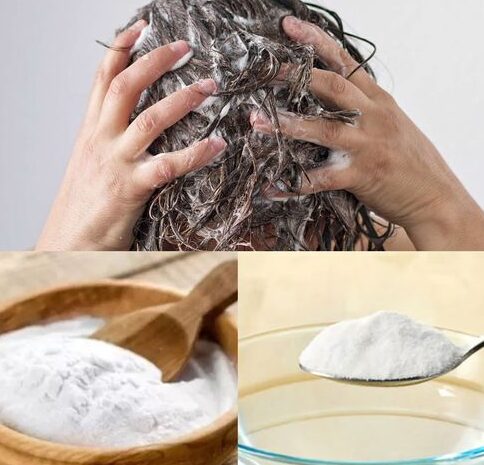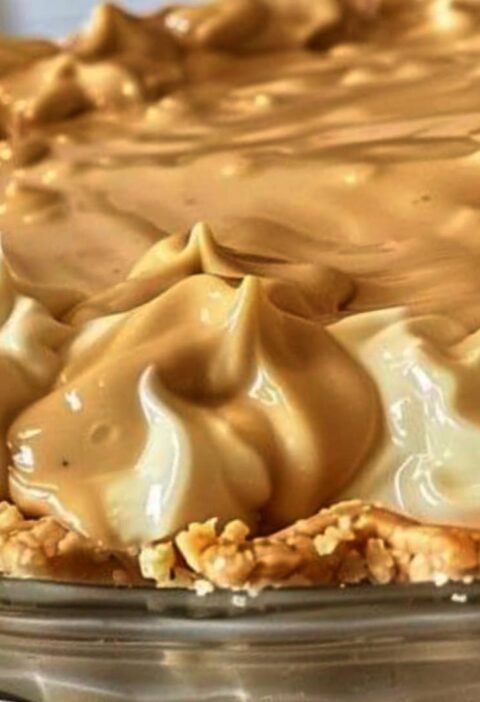Looking for a simple and effective hair cleanser and scalp health treatment? Look no further! DIY baking soda shampoo is popular among natural hair care enthusiasts. It’s easy to create and indirectly promotes hair growth. Learn how to manufacture and utilise baking soda shampoo.
Making Baking Soda Shampoo
Ingredients:
- 1 part baking soda
- Three water components
Instructions:
- Mix 1 part baking soda and 3 parts water in a small squeeze container or jar. For instance, mix 1 tablespoon baking soda with 3 tablespoons water. Adjust quantity to hair length and thickness.
- Apply baking soda shampoo from roots to ends after thoroughly wetting. Cover the scalp well since the main cleansing activity is at the roots.
- Gently massage the mixture into your hair and scalp for two minutes. This stimulates the scalp and uniformly distributes baking soda.
- Rinse your hair well with warm water to remove all baking soda.
- Then rinse with apple cider vinegar.
- Due to its high pH, baking soda must be neutralised with apple cider vinegar. Restoring scalp pH is possible with this.
Ingredients:
- One-part apple cider vinegar
- 4-part water
Instructions:
- Mix apple cider vinegar and water in a squeeze bottle or jar.
- After rinsing off the baking soda, rinse your hair with apple cider vinegar, focussing on the ends.
- After a minute or two, rinse your hair with cool water to remove the vinegar combination.
Considerations and Benefits
Benefits:
- Baking soda thoroughly eliminates hair product, oil, and dirt buildup, leaving hair clean.
- Making baking soda shampoo at home is cheap and easy.
- Reduced Product Dependency: Baking soda lessens hair product dependence for certain people.
Considerations:
- Baking soda can irritate hair and scalp. Use it sparingly, once or twice a month.
- Baking soda can dry hair by removing natural oils. This procedure requires frequent hair conditioning.
- Baking soda suits greasy hair. Dry, curly, or brittle hair may be overly dry.
- Baking soda shampoo can deeply cleanse your scalp and improve hair health, but you must watch your hair’s response and modify usage to avoid harm. Why not test it and see how your hair reacts?







